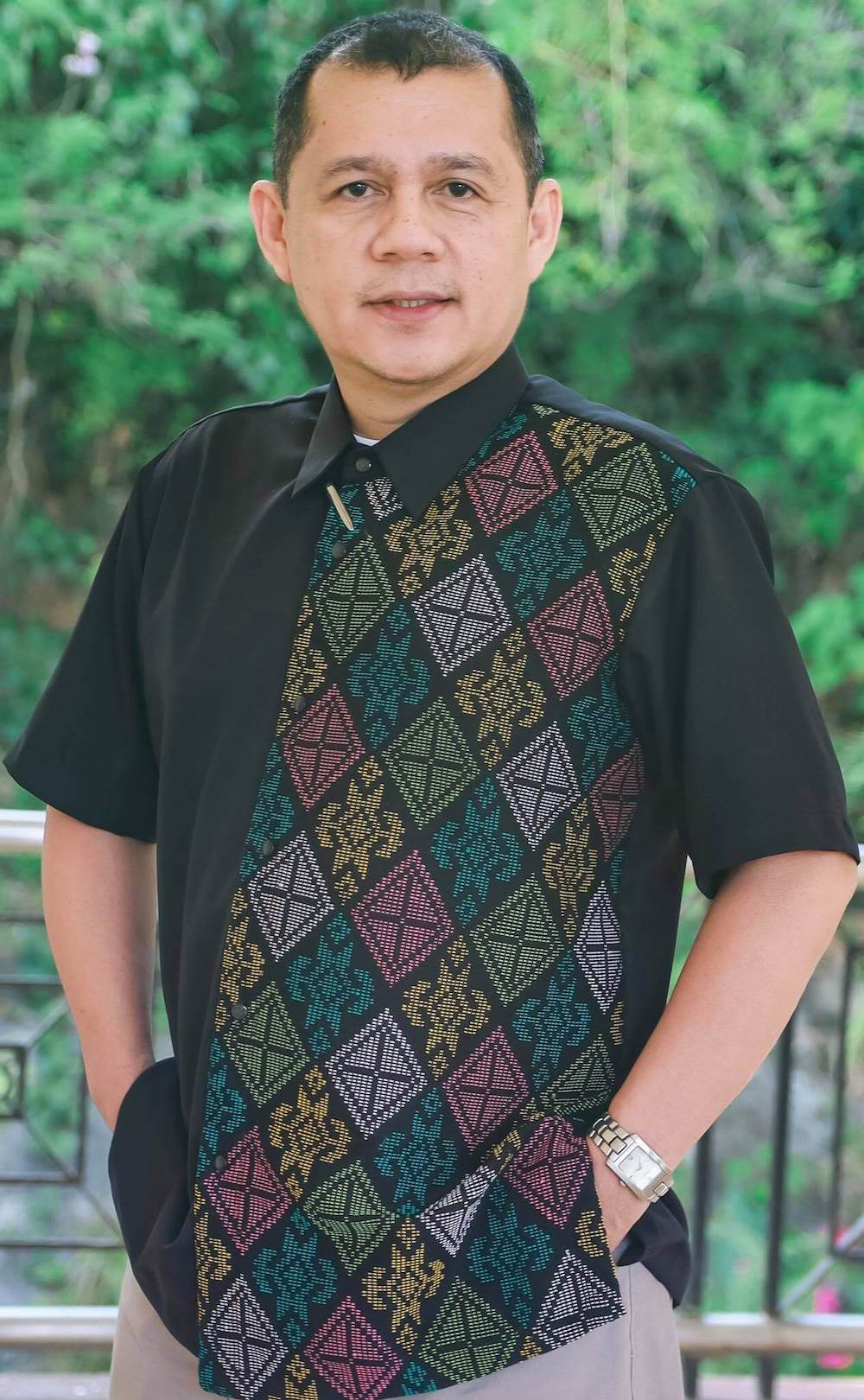Behind a screeching glass door is a cozy space for learners who somehow found their way to what can be called “tambayan”- the basement of the College Union Building where the student lounge of the Teaching and Learning Resource Center is housed.
“Tambay ta sa TLRC,” is the usual call. But that “tambay” can actually mean a lot of things.
On a regular day, students flock to the TLRC learning spaces doing all sorts of things - studying, burying themselves in books and reading materials, attending online classes, meeting with their groupmates to complete their requirements, and resting their heads against the sofa in the middle of the day, with occasional meet-ups with their peers they only saw outside of their computer screens for the first time.
In essence, the TLRC student lounge was established to provide students with a space for learning. But it became more what it was initially imagined to be. What was established to become a learning space transformed into a social space - a growth the TLRC can only attribute to the students who have found comfort in its halls.
Gone are the days when learning was expected to be burying oneself in books. The concept of learning grew as the years went by. In the TLRC, they can do all sorts of things - rest, play with the available board games, and interact with each other. With the implementation of blended learning, a common element was added to the table - quite literally - students attending their classes in the lounge.
The quaint hall of TLRC Estudio (or the student lounge) opens at 8:30 AM and is packed by lunchtime. Students who frequent the study space get their full Iskolar-mode on and busily tap their keyboard, tune off the background noise while listening to lectures, and hum to tunes that accompany their reading. Students who do not have laptops are welcomed in the adjacent Acaden so they can work on their stuff.
“I use the learning spaces because I can work productively if there are people also working around me. It induces me to also work on my own work,” says a BA Sociology student.
But there’s more to the learning space than just being an avenue for learning. For students, it provides an opportunity to meet and socialize with their peers.
“It’s nice na parang common space siya where you get to [meet] with the people you’re familiar with at the same time re-meet with the people [you’re] old acquaintances before… and at the same time it gives you a chance to meet new people,” a BA in Psychology student affirmed, saying that the TLRC exudes “school vibes.”
For some students, being in the TLRC is being able to interact with classmates they meet for the first time outside the four corners of their devices and to reconnect with those they haven’t seen physically for years. While the TLRC serves as a hub for learning, it also became a space for genuine human connection. It is learning at its peak, that is, learning from one another.
The walls (and the glass door) of the TLRC have witnessed different forms of collaboration - from students tutoring fellow peers to packs of learners eager to finish their group assignments to opened laptops with faculty members on the screen guiding students through their class activities.
But despite the positive feedback from student clients manifested through their loyal utilization of the learning spaces, the spaces are far from perfect.
“It’s really nice to go back face-to-face, but the thing is, the TLRC is too small for the number of students here on the campus,” a BS in Public Health student admits, stating that there are more students utilizing the learning spaces now. He recalls his experience pre-pandemic utilizing the TLRC when the space was adequate for the daily number of student visitors.
“I stay here almost every day (around 3-4 times a week), and I stay here around 3 hours minimum,” the student added.
The pressing need for more learning spaces is the reason why before 2022 ended, TLRC, along with other supra-level offices, planned ways to develop and improve the learning spaces to better serve UPV constituents.
“The TLRC has observed the influx of students staying on the campus and availing of the use of university facilities. The TLRC has Learning Spaces (Acaden, Estudio, Eskonita) where students can stay comfortably and do their academic work with free, stable internet connections.
Seeing the need for more of these learning facilities in a blended learning delivery of education, we plan to expand our learning spaces to accommodate more students in the coming semesters,” Prof. Lindley Kent Faina, Director of the TLRC, confirms.
The ongoing planning and development were instigated in hopes of providing more spaces to further enrich the teaching and learning experience of students and faculty in UP Visayas.





